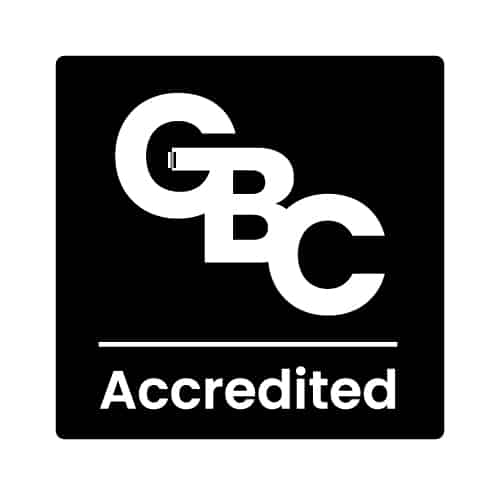In the ever-evolving business landscape, leadership excellence has become more crucial than ever. As we adapt to hybrid work models and strive to foster diversity and inclusion, business owners and leaders face unique challenges.
In this article, we will explore how embracing coaching can be the key to achieving leadership excellence and driving success in today’s business climate.
Navigating Hybrid Work:
Leadership excellence is essential in navigating the complexities of the hybrid work model. Coaching provides a structured approach to developing effective strategies, enhancing communication skills, and fostering connections within teams.
By embracing coaching, leaders can optimise productivity, create a cohesive and inclusive work culture, and lead their teams to achieve exceptional results.
Embracing Diversity and Inclusion:
Diversity and inclusion are integral aspects of leadership excellence, and yet there are many organisations that adopt a laissez-faire approach rather than encouraging diversity within their board.
Coaching equips business owners and leaders with the tools to embrace diversity, nurture inclusivity, and leverage the unique perspectives and talents within their teams.
By developing cultural intelligence, challenging unconscious biases, and cultivating inclusive leadership practices, leaders can create environments where everyone feels valued, heard, and empowered to contribute their best.
Developing Agile Leadership Skills:
Leadership requires agility in today’s fast-paced business environment. Coaching helps leaders enhance their agility by fostering adaptability, resilience, and strategic thinking.
Through coaching, leaders can reflect, challenge assumptions, and explore new approaches.
By sharpening their leadership skills, business owners and leaders can effectively navigate uncertainty, make informed decisions, and inspire their organisations to thrive.
However, coaching goes beyond addressing challenges; it focuses on unlocking the full potential of individuals and teams, leading to exceptional performance. It empowers leaders to tap into their strengths, identify areas for growth, and set meaningful goals.
Coaches provide guidance, support, and accountability, enabling leaders to overcome barriers and achieve outstanding results. By investing in coaching, business owners and leaders demonstrate their commitment to personal growth and the development of their teams, ultimately driving organisational success.
Strengthening Emotional Intelligence: Leadership excellence goes hand in hand with high emotional intelligence (EI). Coaching helps leaders develop their EI by enhancing self-awareness, empathy, and interpersonal skills.
Leaders with strong EI can build positive relationships, inspire trust, and navigate conflicts constructively. Through coaching, business owners and leaders can cultivate a leadership style that resonates with their team members, creating a harmonious and productive work environment.
Conclusion:
Leadership excellence is not a destination; it is an ongoing journey of growth, learning, and adaptation. By embracing coaching, business owners and leaders can unlock their full potential, navigate the complexities of hybrid work, foster diversity and inclusion, and drive their organisations towards success.
Are you ready to embark on the path to leadership excellence? Take the next step and invest in your growth as a leader. As an accredited business and executive coach, I support leaders and business owners in leadership development, hybrid work strategies, and diversity and inclusion enabling you to enhance your skills, overcome challenges, and achieve remarkable results.
Don’t settle for mediocrity when you have the opportunity to become an exceptional leader.
Embrace coaching as a transformative tool to unlock your leadership excellence and propel your organisation to new heights. Remember, leadership excellence is not a luxury, but a necessity in today’s competitive business landscape.
Take action today and invest in your leadership journey. Experience the power of coaching to unleash your true potential, inspire your teams, and achieve extraordinary success.
Instead, let coaching be the catalyst that propels you towards leadership excellence in the new era.
Are you ready to thrive as a leader? The time is now. Embrace coaching and unlock your leadership excellence. Book a discovery call with me and start your journey today!








